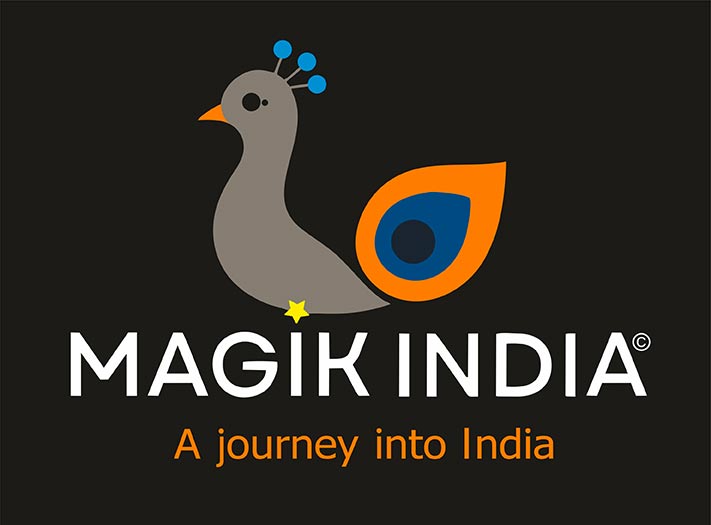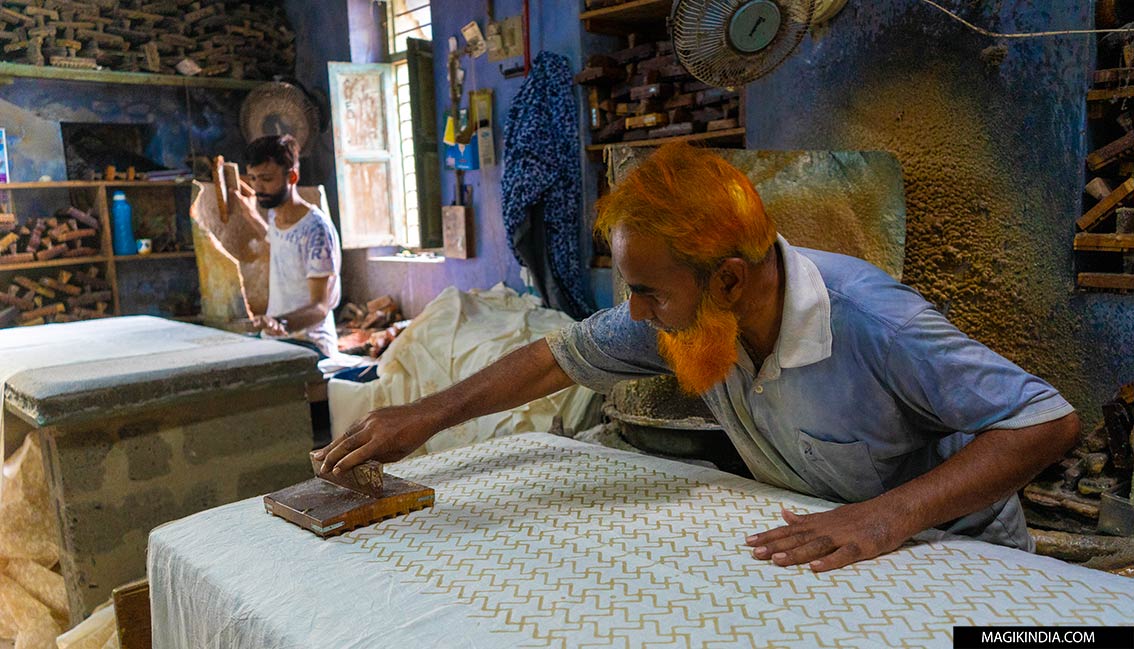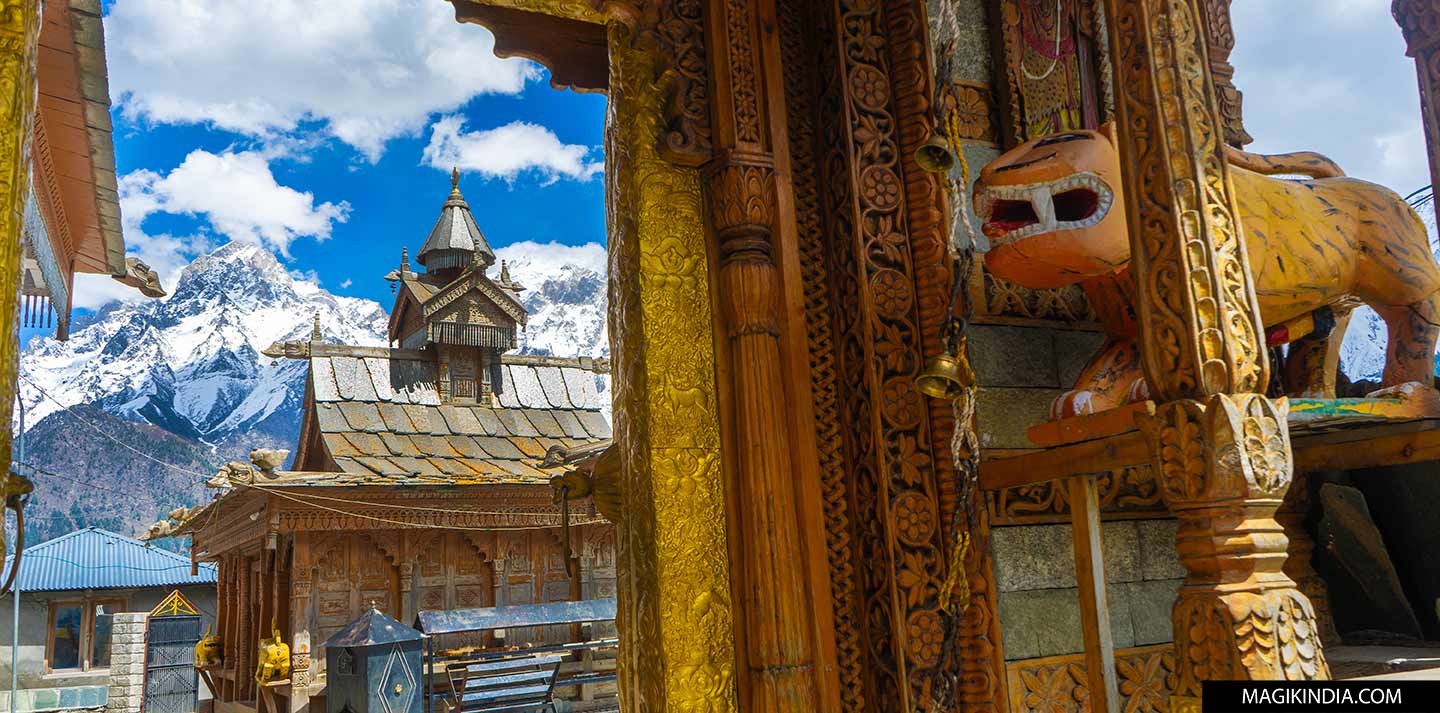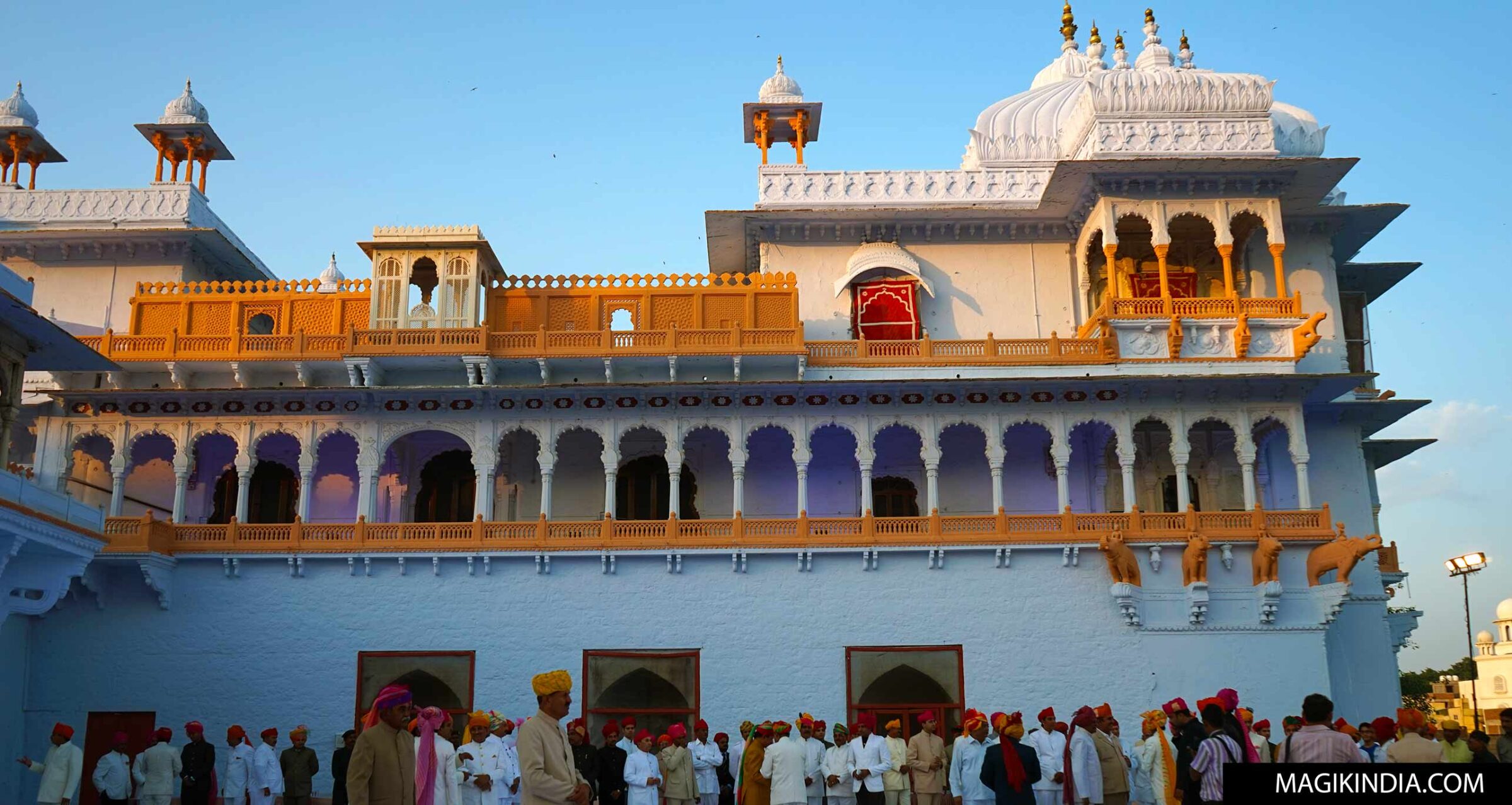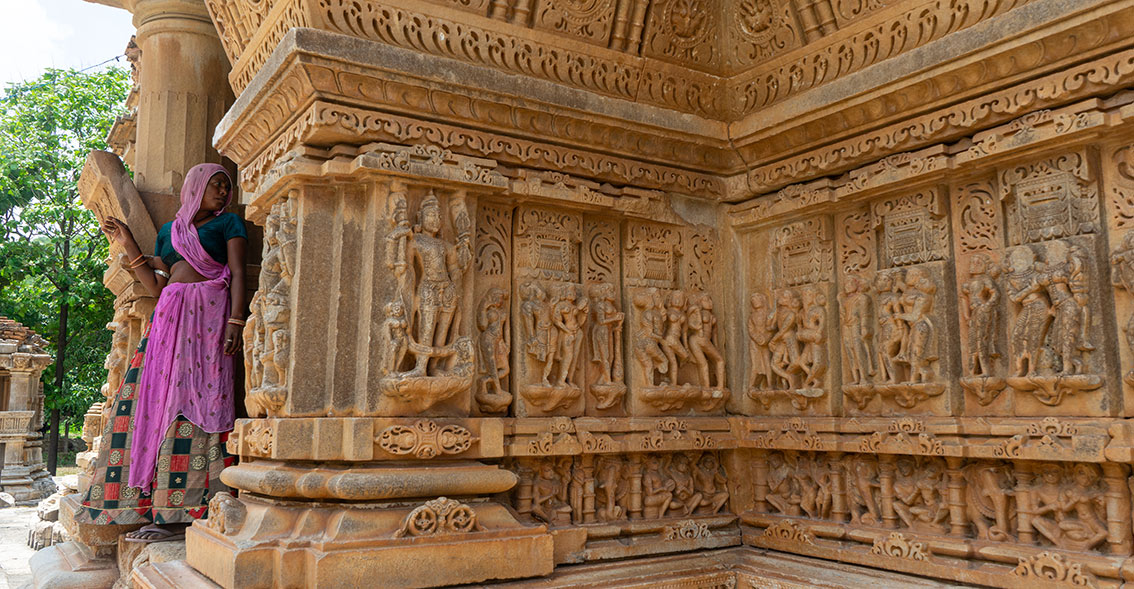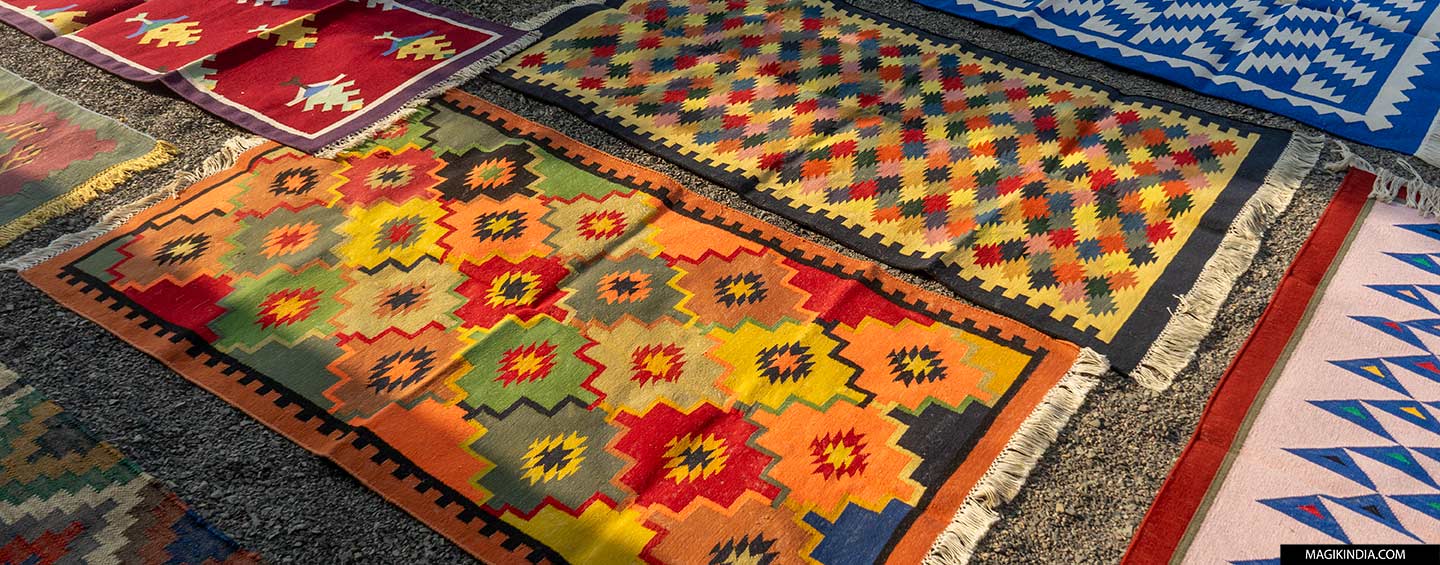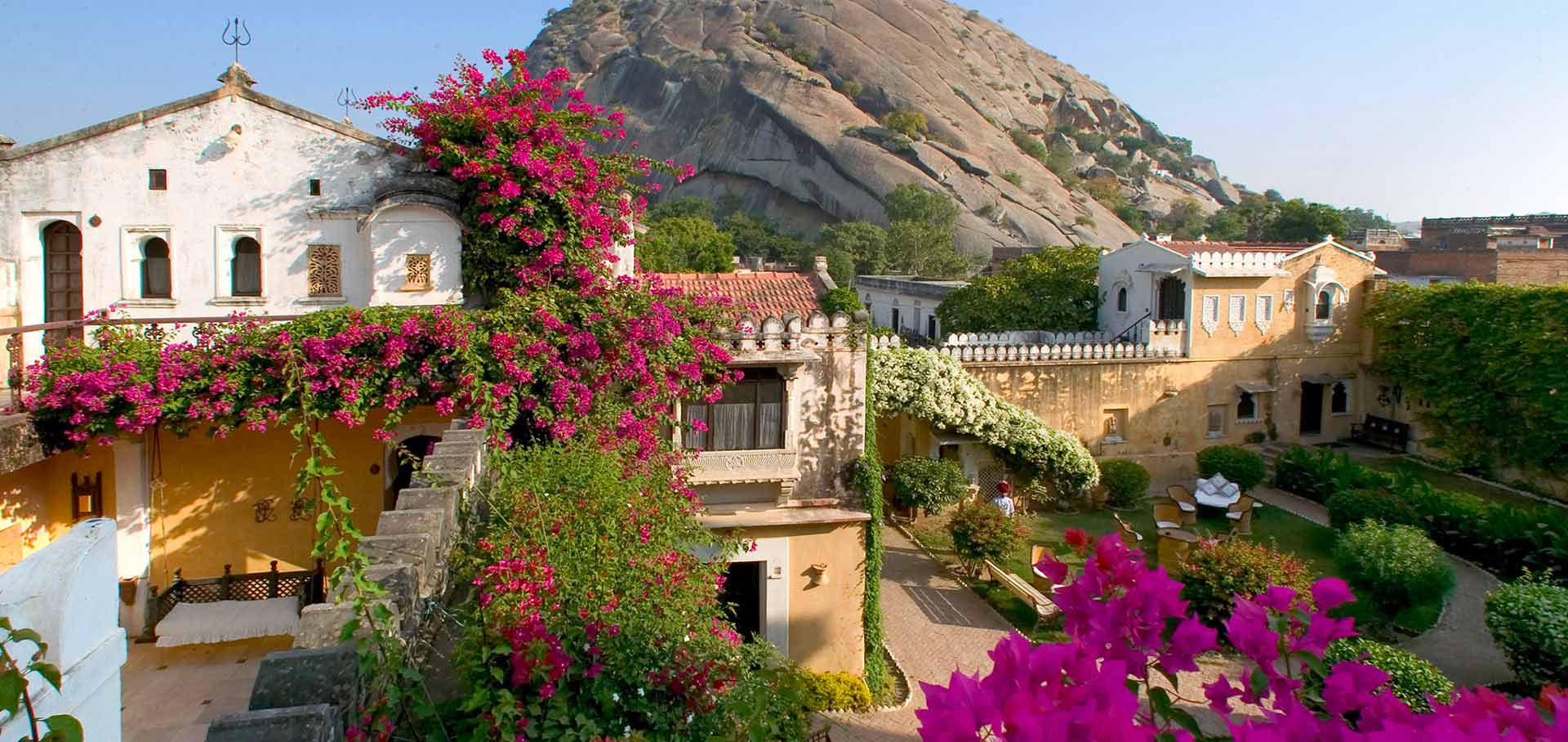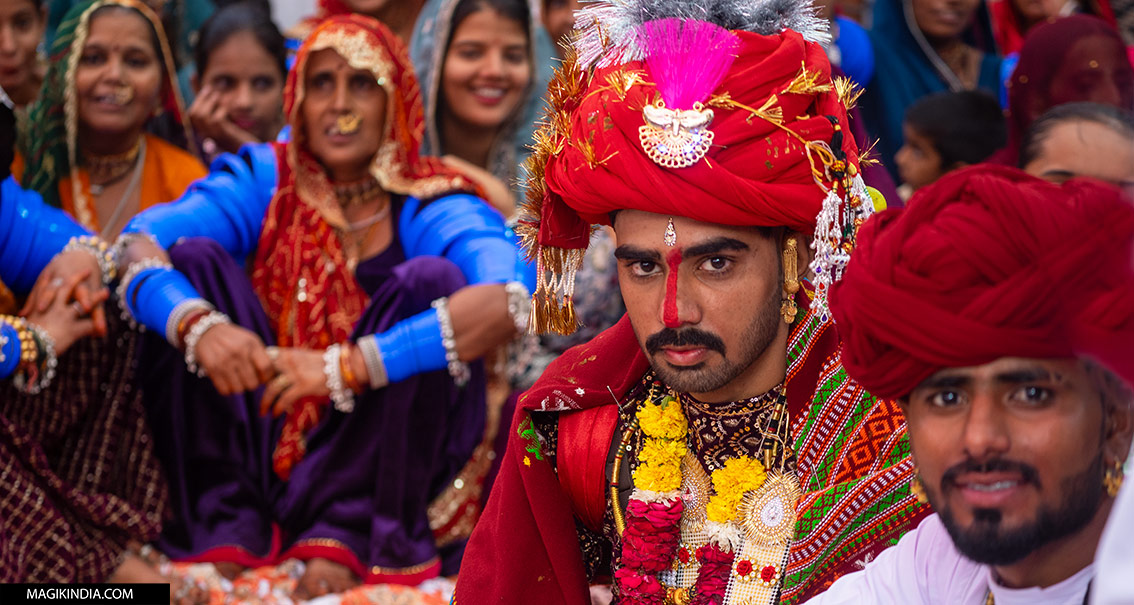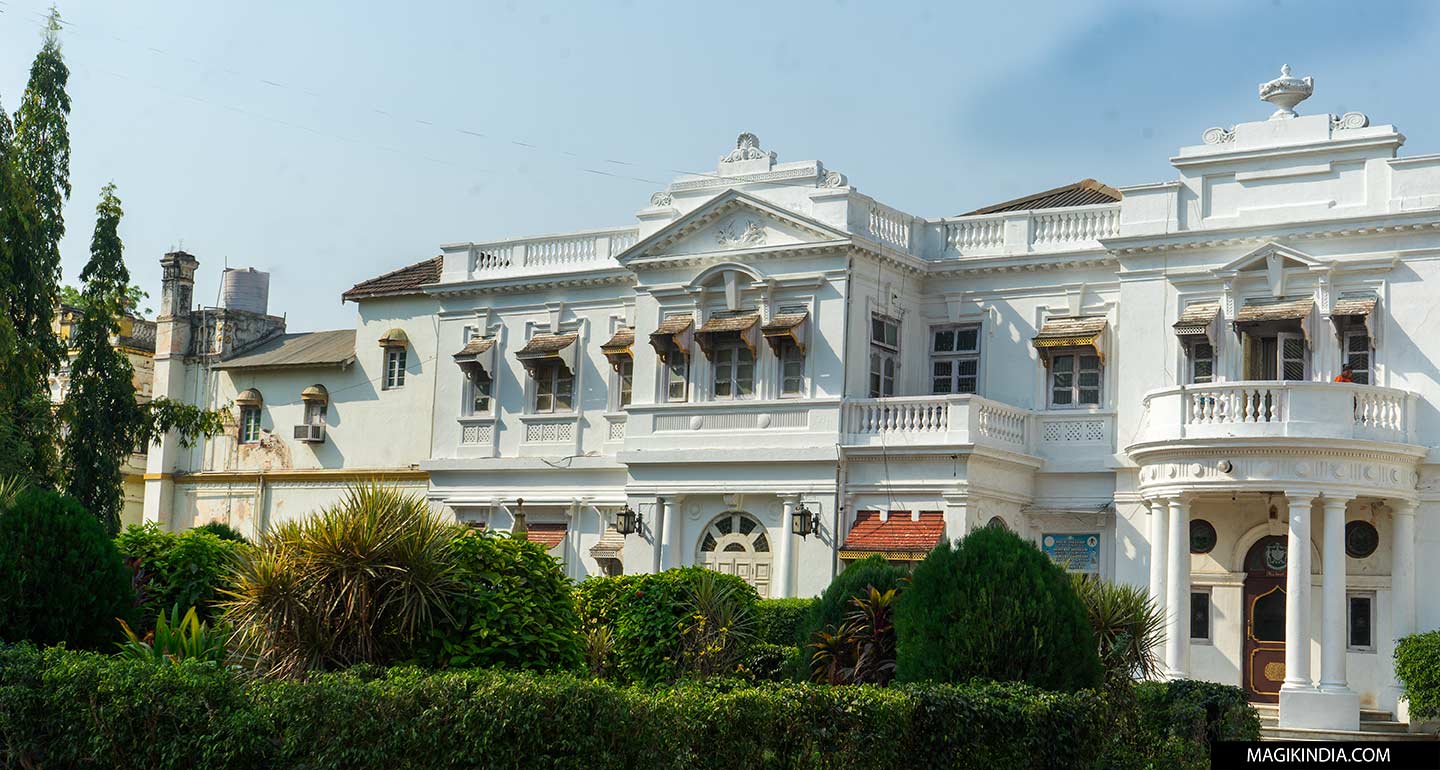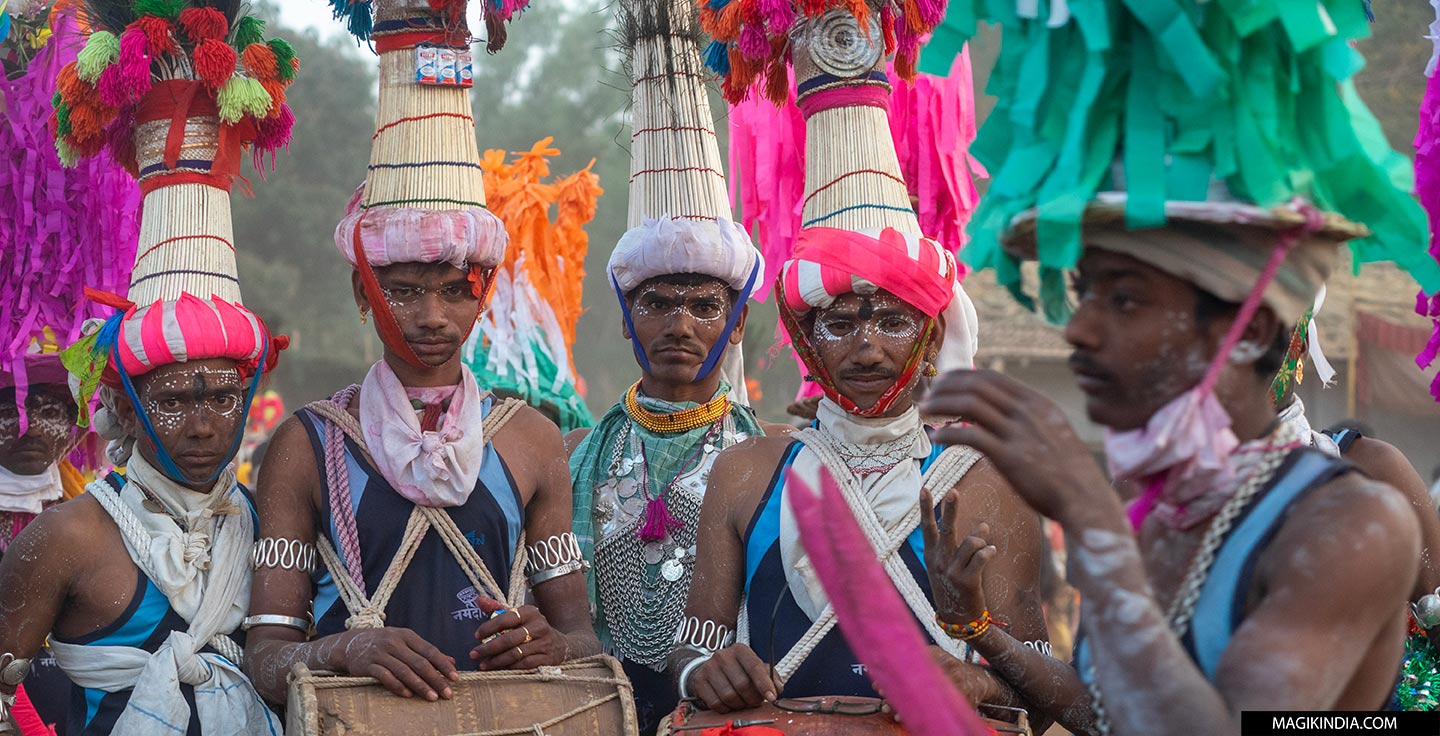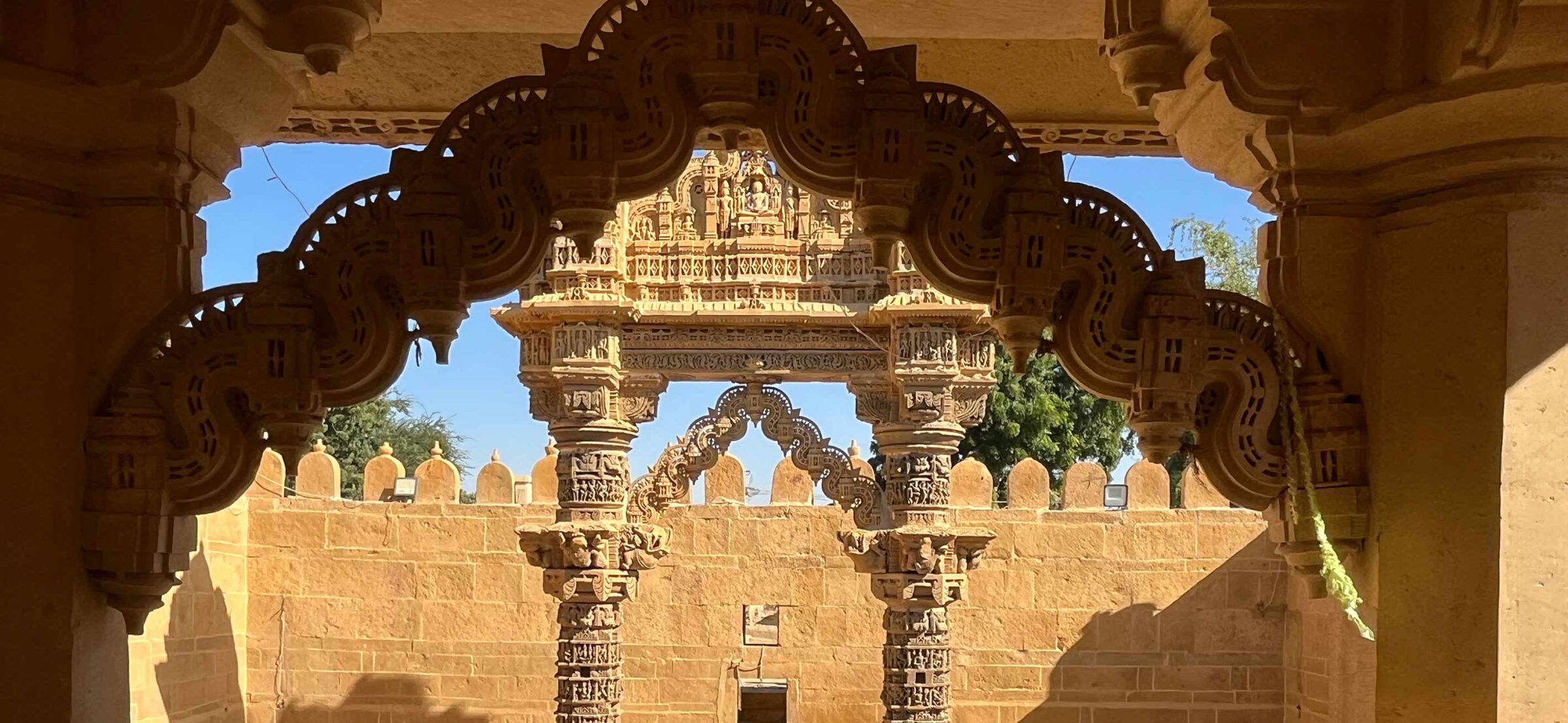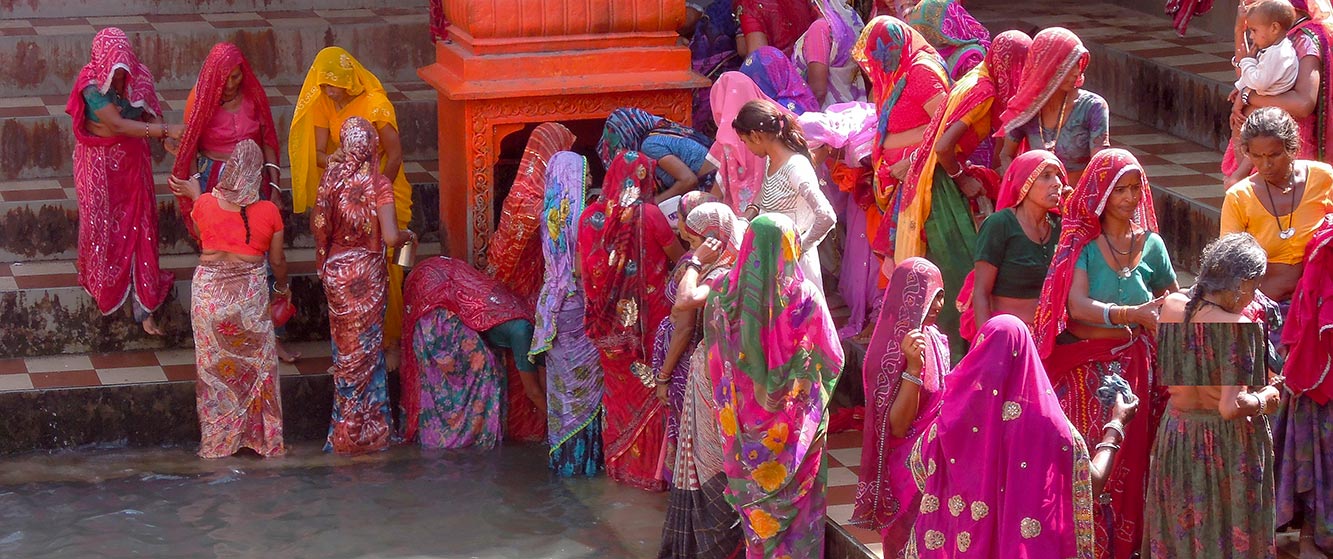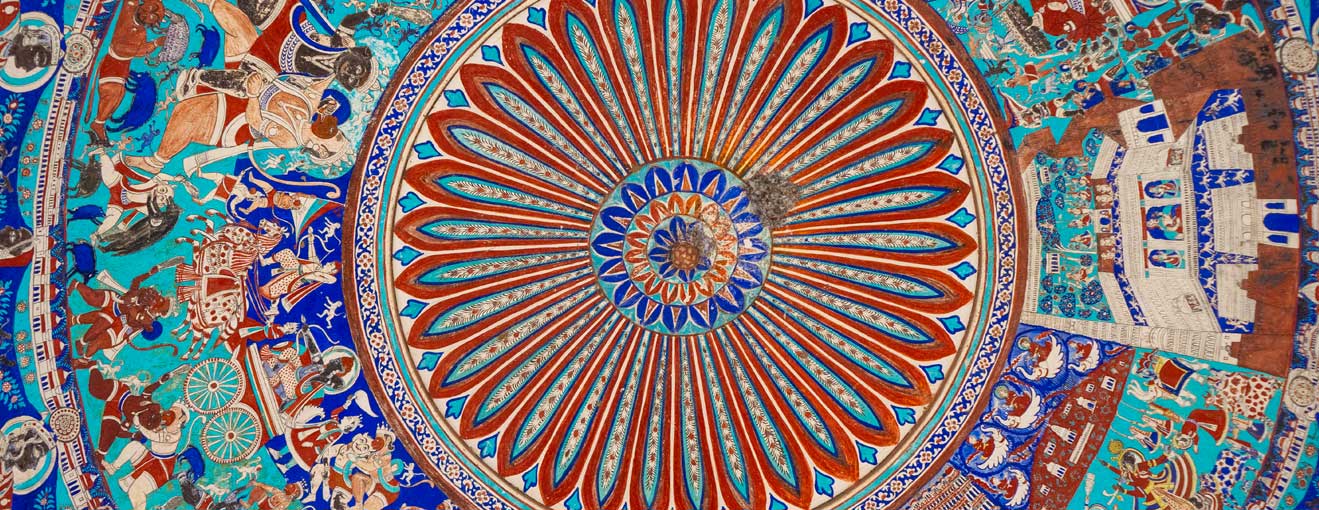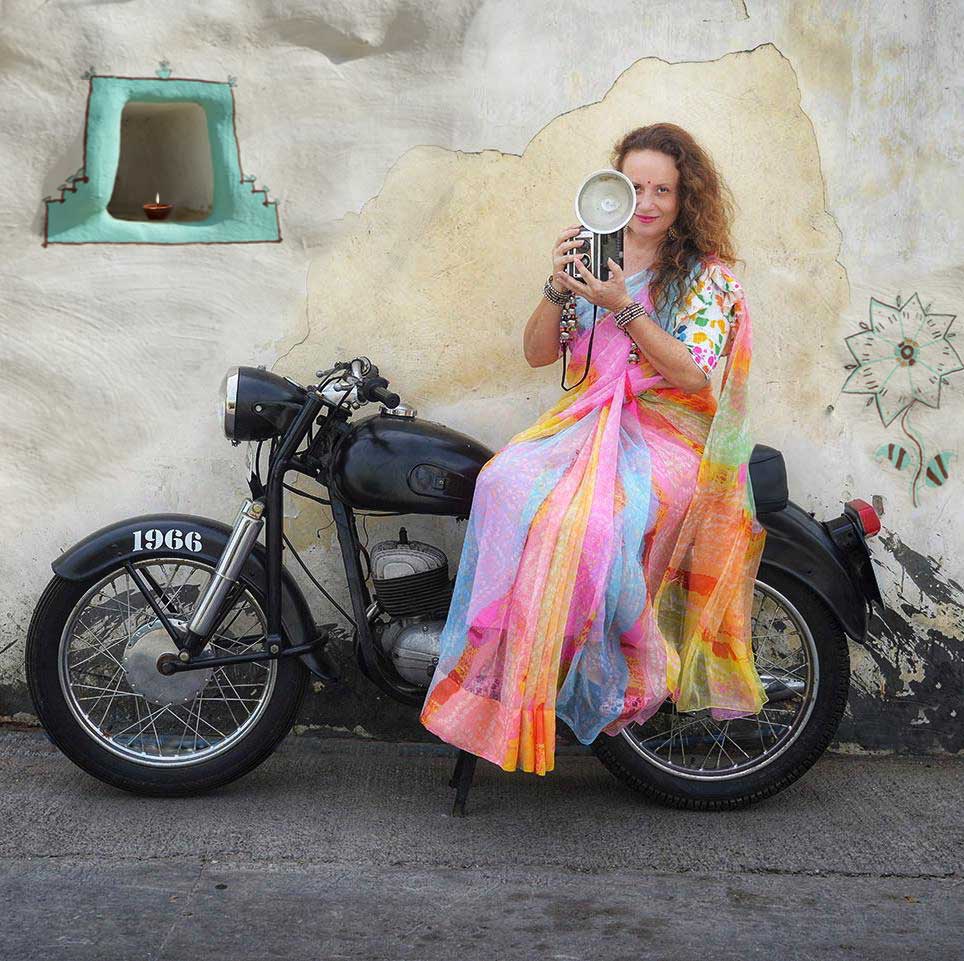
Namaskar!
Bonjour à vous, Padharo ! Je suis Mathini, une française vivant au Rajasthan depuis 10 ans. Imprégnée de la culture de l'Inde depuis mon plus jeune âge, ce n'est cependant qu'en 2014 que mon aventure indienne commence réellement : je laisse tout derrière moi et pars pour un voyage de 6 ans à la (re)découverte du pays de Gandhi. De ces aventures est né ce blog (et une agence de voyage : Mathini Travel), témoignage de l’incroyable richesse culturelle de l’Inde. Et si cela peut susciter en vous quelques échappées indiennes, alors mon but sera atteint. Bon voyage sur ce site et belles pérégrinations en terre sacrée de Bharat.
Loin des sentiers battus, au sud du Gujarat, Rajpipla s’étend paisiblement le long de la Narmada, l’un des fleuves les plus vénérés d’Inde. Cette ancienne capitale d’un prospère royaume princier Gohil, longtemps restée discrète, dévoile aujourd’hui quelques palais au charme suranné, dont la promesse d’une nouvelle splendeur attire l’attention.
Il y a un mois tout juste, je séjournais chez les peuples des monts Satpuda (Maharashtra) pour les célébrations de Holi et la magie n’est toujours pas retombée. Leur approche unique de cette fête, loin des traditionnelles poudres colorées, se manifeste par des danses extatiques autour d’un feu sacré. Les couleurs se retrouvent magnifiquement transposées dans les costumes extravagants des danseurs gheriyas, notamment leurs impressionnantes coiffes et leurs ceintures ornées de calebasses.
Dès le 8e siècle, le jaïnisme s’affirme comme une puissante force culturelle sous le patronage des dirigeants Rajpoutes. À Jaisalmer, c’est sous le règne des Bhattis que la foi jaïne s’épanouit. En raison de sa situation, le long des anciennes routes commerciales, Jaisalmer offre un environnement favorable au développement économique des riches marchands jaïns qui, avec la complicité des souverains, affichent leur prospérité en commissionnant de remarquables dérasars dans la cité d’or.
Lors de vos déambulations dans le paysage rural du Tamil Nadu, peut-être avez-vous déjà croisé cet étonnant chapelet de chevaux souriants, alignés fièrement autour d’un arbre sacré : il s’agit des images votives des temples voués à Ayyanar, déité protectrice des villages, dont le culte remonterait à l’époque pré-védique.
Athangudi constitue un site patrimonial majeur dans la région du Chettinad au Tamil Nadu. Son impressionnant palais, symbole d’un métissage culturel réussi, est sans aucun doute l’un des plus remarquables de la région. Athangudi rime aussi avec « carreliers » : c’est ici que sont fabriqués les fameux carreaux colorés du Chettinad qui s’exportent dans le monde entier.
Lohargal, situé à 30 km de Nawalgarh, est un des hauts lieux de pèlerinage de la région du Shekhawati (Rajasthan). Niché au cœur des monts Aravallis, entre banyans et manguiers centenaires, le village abrite un temple dédié à Surya et un bassin sacré qui attire une foule considérable de pèlerins ; la légende raconte, en effet, que les Pandavas du Mahabharata sont venus s’y baigner pour expier leurs péchés.
Si vous suivez ce blog depuis un moment, vous devez savoir que le Shekhawati est une de mes régions favorites au Rajasthan. C’est une destination étonnamment peu visitée malgré son exceptionnelle richesse culturelle. Parmi toutes les villes du Shekhawati, Ramgarh a tout particulièrement retenu mon attention. Créée à la fin du 18e siècle par la fameuse famille Poddar, elle fut au 19e siècle, une des villes les plus riches de l’Inde. Cette prospérité se reflète dans la variété de ses monuments : demeures palatiales par centaine, cénotaphes aux fresques élaborées, puits kua et temples à foison.
